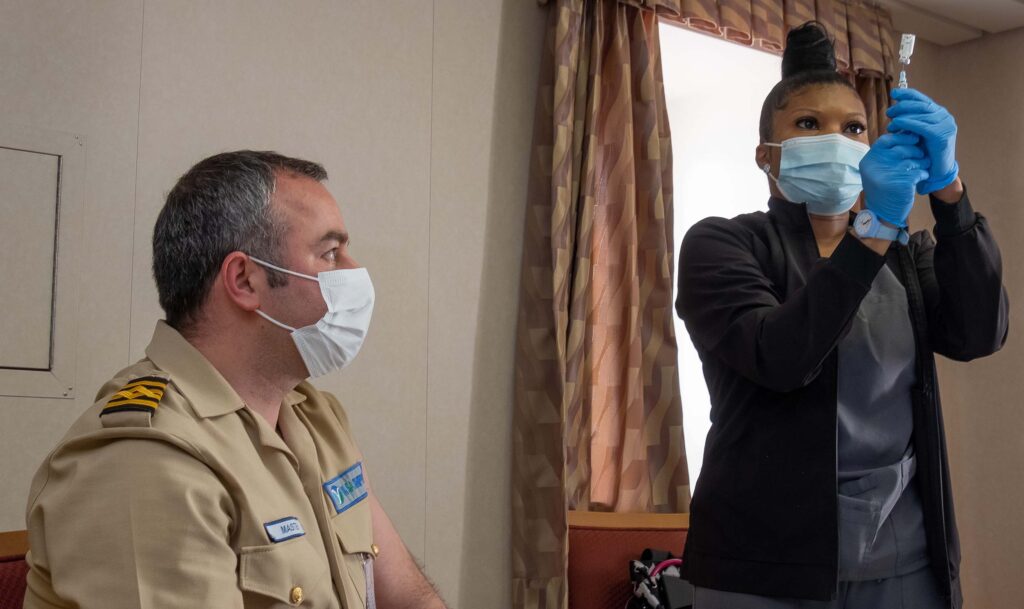HIGHLIGHTS
GET TO KNOW US
GET INVOLVED
MEDIA

REGIONS
California, Georgia, Chicago, North Carolina, New Orleans, Puerto Rico, Kentucky, Navajo Nation, Washington, D.C., Hawaii
INTERNATIONAL
Blog
New Orleans COVID-19 Response:
Marigny Opera House Testing Site
Amid the COVID-19 pandemic, CORE has been operating testing sites in cherished spaces that have been closed to the public, keeping the community and the city connected.
.
Oct, 23 2020

Keeping Vibrant New Orleans Connected During COVID-19
The lives we held before the pandemic now seem like indistinct dots in the rearview for most of us.
Our routines flipped upside down; our social gatherings put on hold; our worlds contained to small bubbles as we all try to do our part to stop the spread of COVID-19 and limit our social exposure.
While the adjustment is temporary, and we will emerge from the pandemic stronger, wiser, more resilient, and with a greater sense of appreciation for life itself, communities around the world have been adapting to the new normal in their own ways. In the United States, no community’s adjustment to the pandemic has been greater that of New Orleans, Louisiana.
The city known for its vibrant atmosphere and rich culture of art and music has become a ghost town relative to its usual bustling self. The French Quarter, one of the most exuberant districts in the country, has deflated to levels seen only a handful of times in history — during periods of hardship for the city (LINK: https://www.fqmd.org/history-of-french-quarter/) in the 19th century during the Civil War and the yellow fever outbreak (LINK: https://www.wwno.org/post/how-yellow-fever-turned-new-orleans-city-dead), and after Hurricane Katrina in 2005.
“New Orleans is defined by gathering. We are a hyper-social city, and we celebrate, mourn, and respond to disaster by being together,” said CORE New Orleans area manager Maggie Calmes. “COVID-19 has left folks here, like many places, disoriented and without a collective coping mechanism.”
The spaces that have served as New Orleans’ nexus have become temporarily abandoned, casting the city in an unfamiliar light. “Bourbon Street, for the first time that I can remember, is open to vehicular traffic,” Calmes said. “I’ve been shocked by how many people are still out partying in the [French] Quarter, but it’s still a tiny fraction of the area’s usual activity.”
In an effort to help stop the spread of the virus and get the city back on its feet again, CORE has been providing mobile testing across the Big Easy, specifically targeting vulnerable and high-risk populations with minimal access to testing and resources.
Assembling a staff from local New Orleans communities, CORE mobilized a robust program in May that has been serving low-income senior facilities, homeless and youth shelters, and individuals without access to transportation through targeted mobile testing units.
As the program has evolved, CORE saw an opportunity to inject life into the usually vibrant city through the communal spaces that have held its heartbeat. Recently, CORE has been targeting iconic locations around the city for its mobile testing site operations, keeping the community connected to its treasured spaces and providing critical resources to meet its urgent needs.
“We’ve started testing in beloved historical and cultural spaces in the city so that people are able to revisit these places safely during quarantine. We wanted to reactivate spaces that New Orleanians are used to gathering in: markets, music venues, bars, restaurants, outdoor festival areas, and so on,” said Calmes.
“Using these spaces as testing sites is certainly not the same as eating, dancing, and celebrating together, but it allows people some time in some familiar and beautiful settings, and an opportunity for folks to reconnect with the physical landscape of the city.”
CORE recently set up testing operations in the Marigny Opera House, a cherished historic building that has hosted numerous dance, classical music, jazz, musical theatre, and opera performances over the past decade. The aesthetically stunning edifice has also served as a wedding venue for celebrities, including Solange Knowles and Lake Bell.
On July 10, 2020, CORE provided free COVID-19 testing to New Orleans community members as they delighted in the beauty of the building’s ornate architecture. In addition to testing, CORE also offered wraparound services, ancillary aid that helps provide holistic relief to those in need.
“As they walked into the space, people were oohing and ahhing over the beautifully arched ceilings, and reminiscing about the last time they saw a show in the space,” Calmes said. “We offer wraparound services at our sites, and on this day, 504 Health Net, Job One, and Second Harvest were there registering people for unemployment and providing them with food resources in addition to testing for COVID-19.”
Beyond the beauty of the space and the events contained within it, Marigny Opera House holds a history of resilience much like the city in which it was built.
The original building on the property, Holy Trinity Church, was destroyed by fire in 1851, only a few years after it was erected. Two years later, it was rebuilt and served as a religious institution for 144 years, until it was deconsecrated in 1997.
After being damaged by a hurricane in 1965, the building suffered tremendous damage from Hurricane Katrina in 2005 and sat abandoned for years.
But in 2011, it was renamed, restored, and revived with a new purpose as an entertainment venue for people to gather in merriment.
Now, the edifice that has endured the test of time is being used by CORE to help resurrect the city once again.
“New Orleanians and residents of the Gulf Coast more generally are resilient because we have to be. Catastrophic storms are a fact of life here, and a rhythm of crisis and recovery becomes second nature after a while,” Calmes said.
“COVID-19 strikes at the root of our collective resilience, our interconnectedness — which is nearly impossible to embody when social distancing is the only way to stay safe. I’m confident that we’ll find our way out, and happy to be a part of a team working every day toward a resolution.”
HIGHLIGHTS
GET TO KNOW US
GET INVOLVED
MEDIA

REGIONS
California, Georgia, Chicago, North Carolina, New Orleans, Puerto Rico, Kentucky, Navajo Nation, Washington, D.C., Hawaii
INTERNATIONAL

CORE is a charitable 501(c)(3) nonprofit organization. Federal tax ID: 27-1703237.
© 2024 | CORE – Community Organized Relief Effort | +1 (323) 934 4400
910 N Hill St Los Angeles, CA 90012